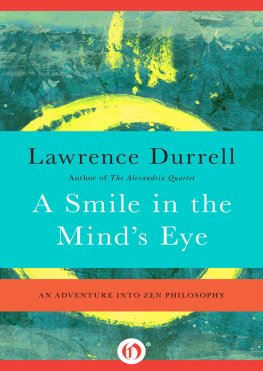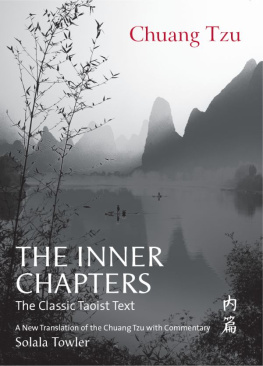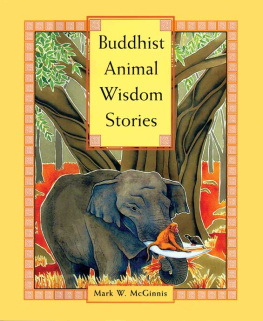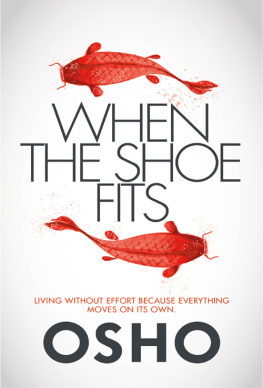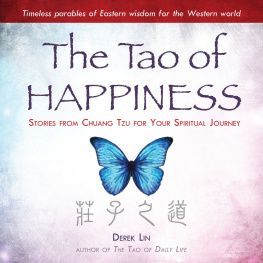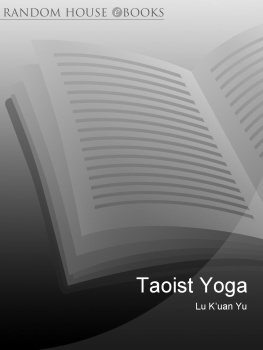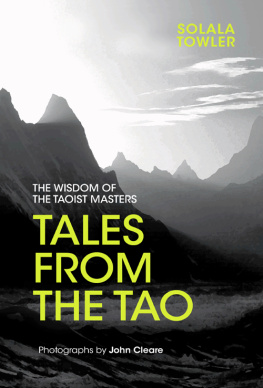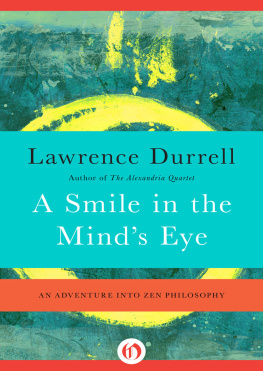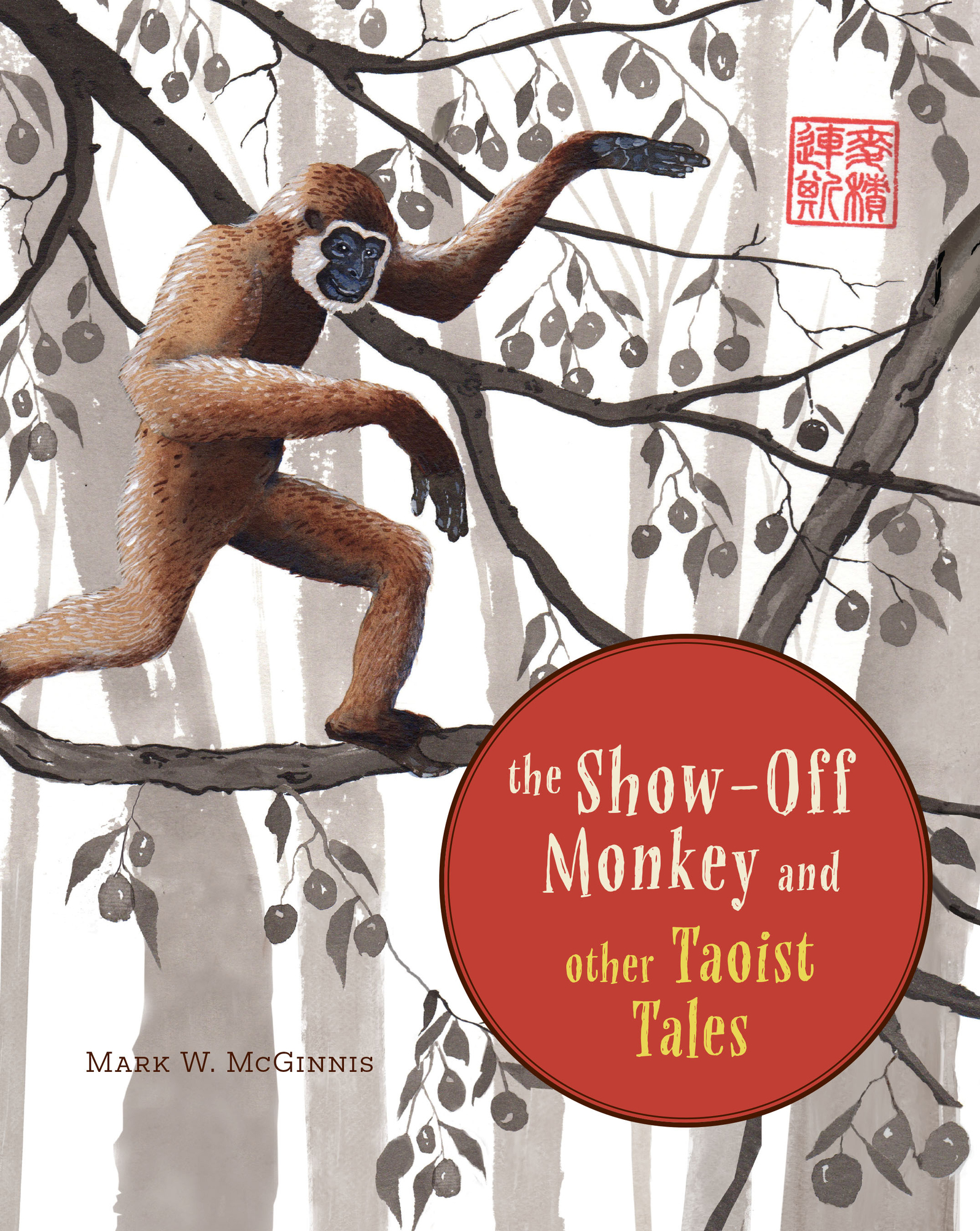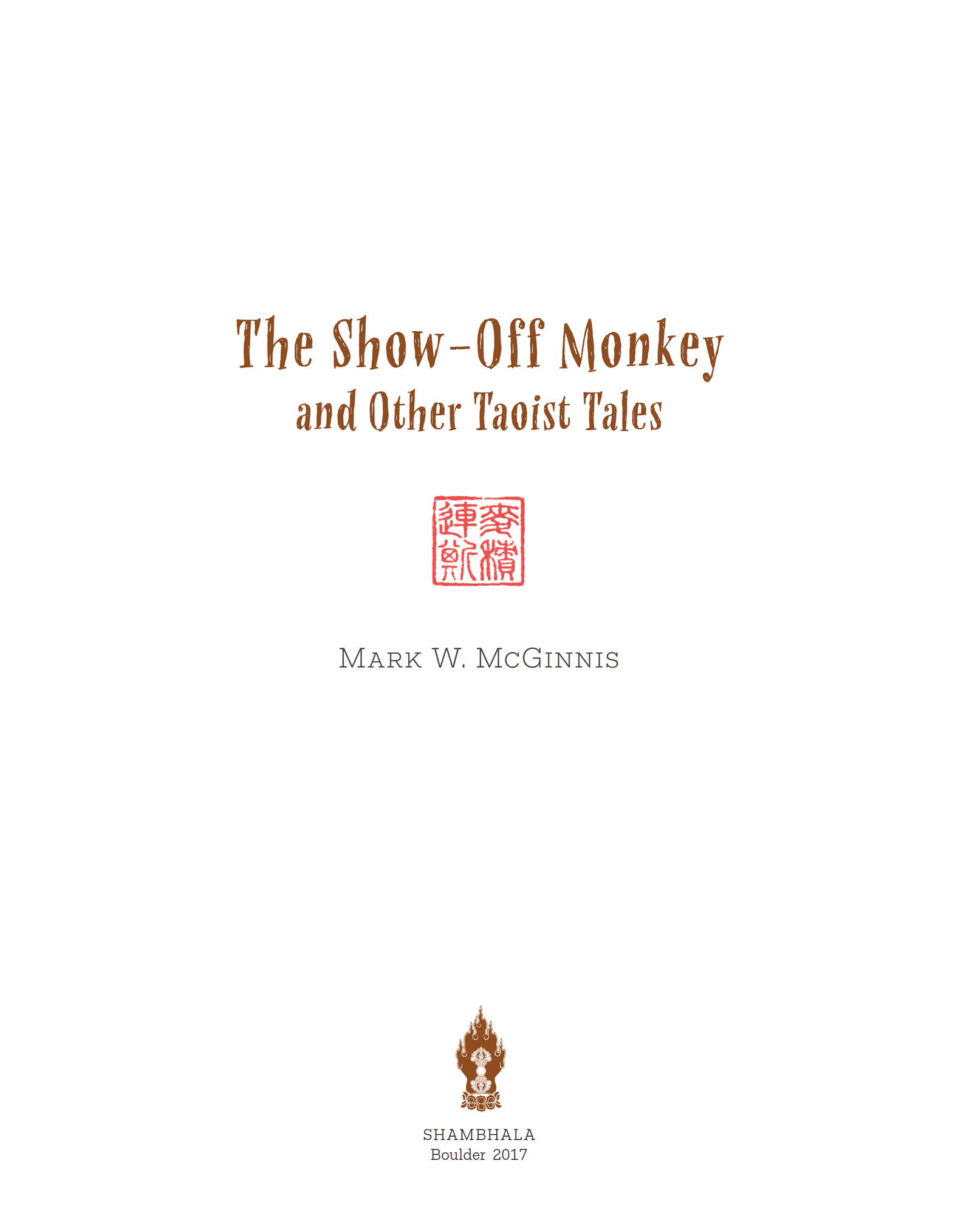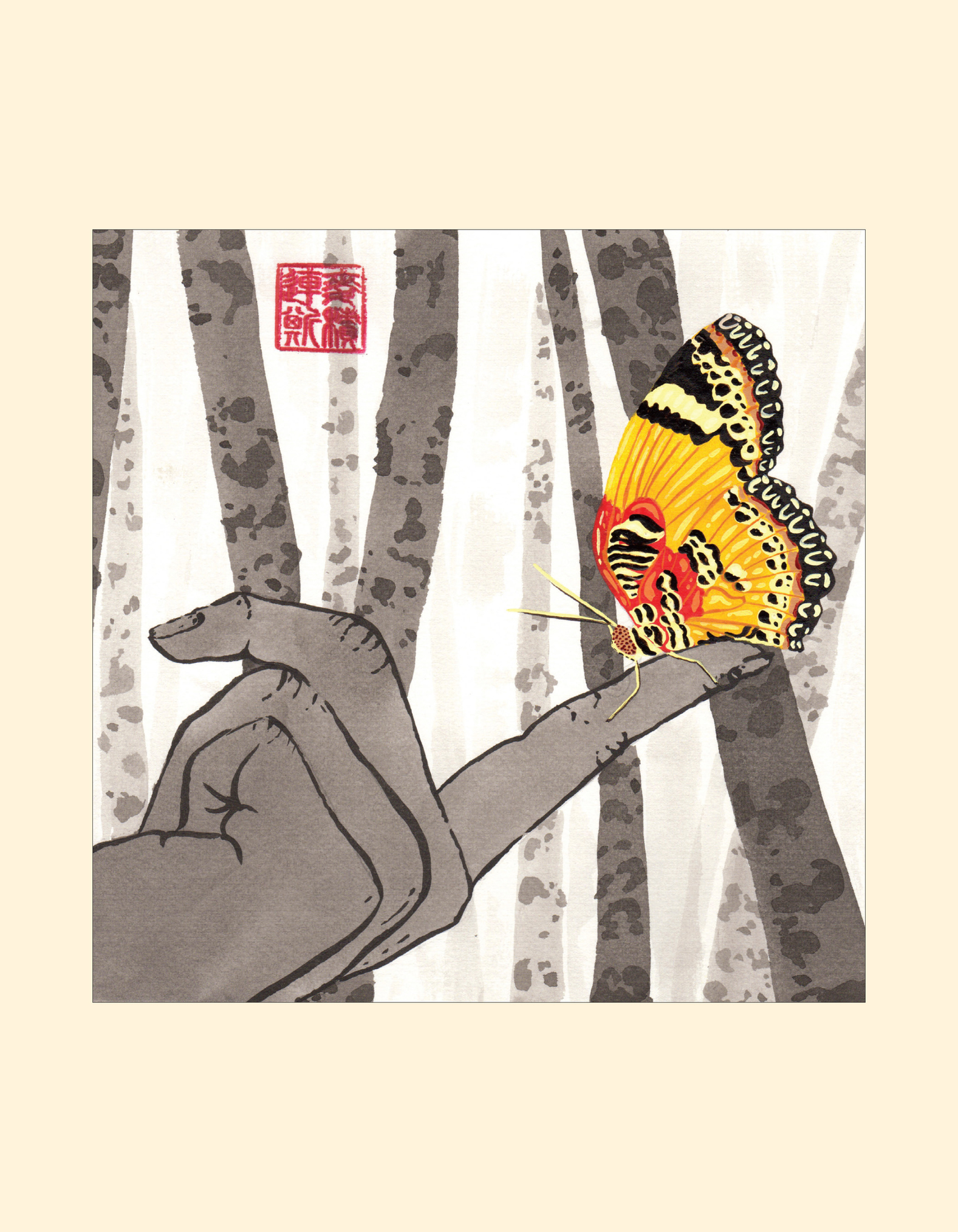Contents
Shambhala Publications, Inc.
4720 Walnut Street
Boulder, Colorado 80301
www.shambhala.com
2017 by Mark W. McGinnis
All rights reserved. No part of this book may be reproduced in any form or by any means, electronic or mechanical, including photocopying, recording, or by any information storage and retrieval system, without permission in writing from the publisher.
eBook design adapted from printed book design by Liz Quan
COVER ART: Mark W. McGinnis
COVER DESEIGN: Liz Quan
Library of Congress Cataloging-in-Publication Data
Names: McGinnis, Mark W., 1950 author, illustrator.
Title: The Show-Off Monkey and Other Taoist Tales / written and illustrated by Mark W. McGinnis.
Description: First Edition. | Boulder, Colorado: Shambhala, 2017. Identifiers: LCCN 2016032675 | ISBN 9781611803471 (hardcover: alk. paper)
eISBN9780834840935
Subjects: LCSH: Taoist legends. | TaosimFolklore.
Classification: LCC BL1942.5 .M35 2017 | DDC 299.5/148dc23
LC record available at https://lccn.loc.gov/2016032675
v4.1
a
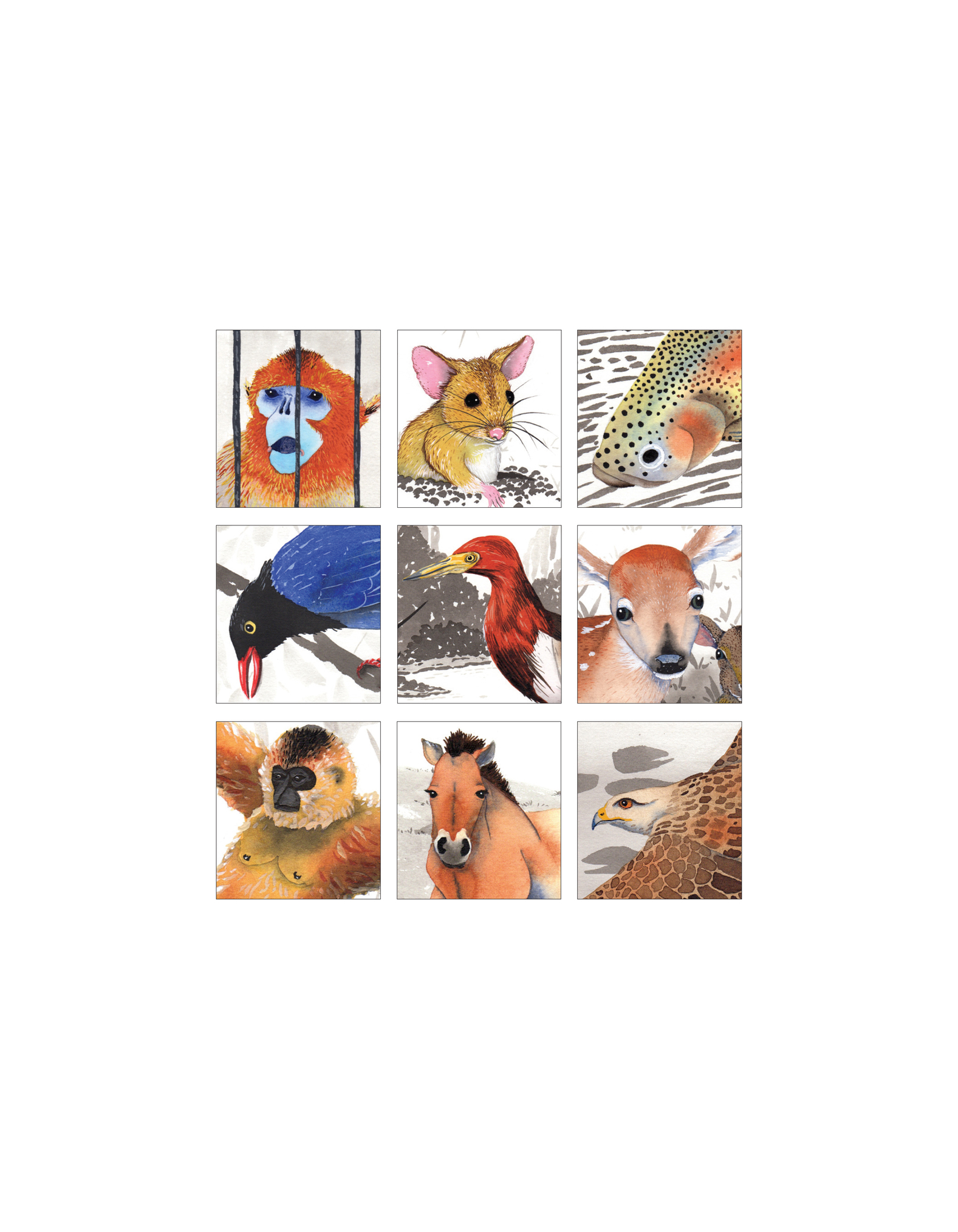

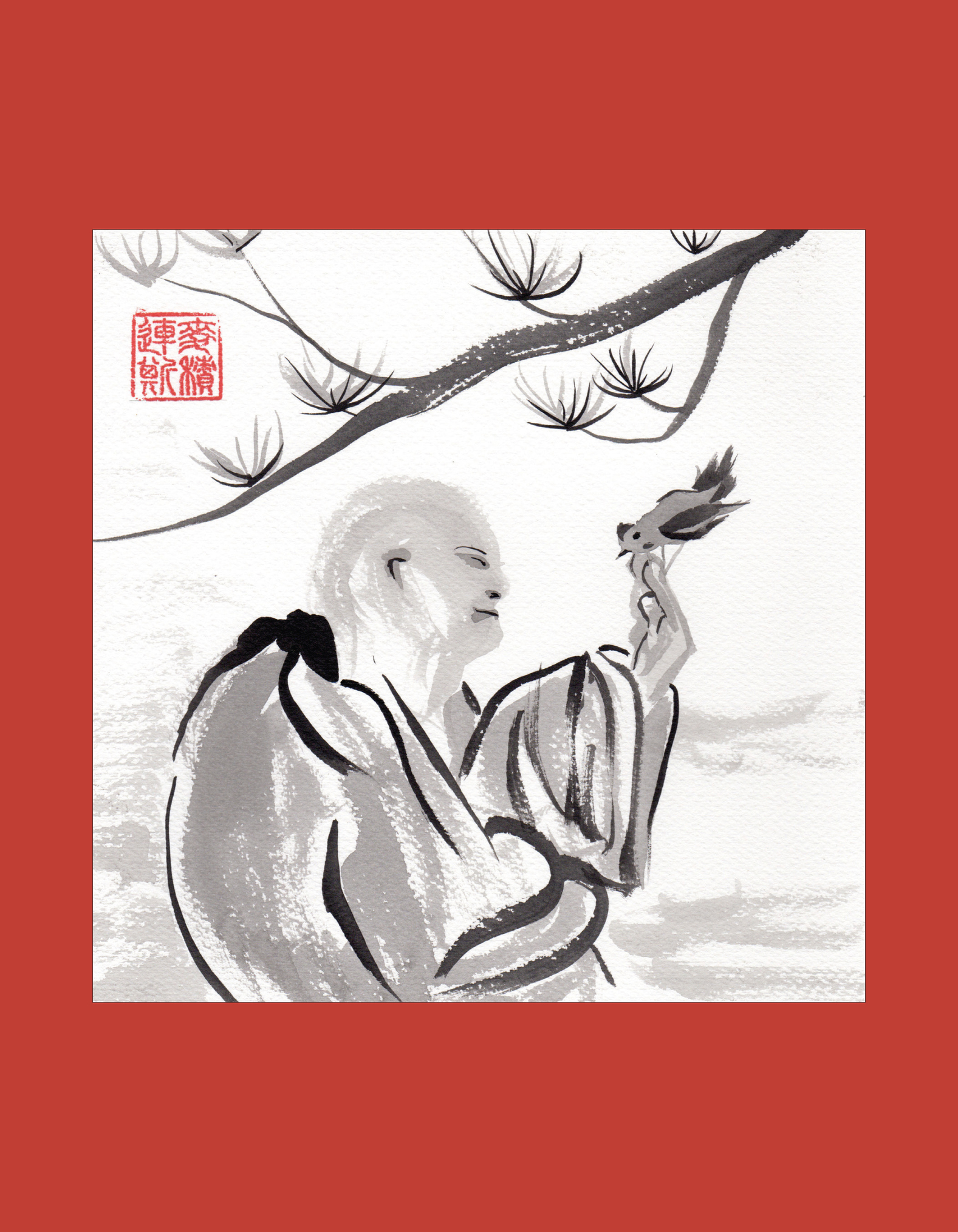

Ive enjoyed reading the works of Taoist philosophers for more than forty years, and the tales in this book were inspired by many of them, particularly those by Chuang Tzu (fourth century B.C.E .). In my stories, I took large liberties with Chuang Tzus parables to make them more accessible to the modern reader, while attempting to stay true to the Taoist nature of the teachings. Should you wish to read Chuang Tzu in more depth, I would recommend Wandering on the Way by the fine Taoist philosophy translator Victor H. Mair.
Reading the philosophy for the first time in the early 1970s, I was drawn to the blunt frankness and humor of the stories, which dealt with humanity and its relationship to the natural world in ways that I had not experienced in my study of Western culture. As youll see in the following stories, the Taoist sages rejected the notion of striving for wealth and success. Instead, they encouraged their students to seek humility, modesty, simplicity, acceptance, contentment, nonresistance, and freedom. They looked back with longing to the ancients (yes, those who lived long before the fourth century B.C.E.! ) who lived in complete harmony with the natural world.
I have structured my stories around the interactions between a Taoist sage and his students. It is often suggested that Taoist philosophers gained their livelihood by teaching young men who would pay for the guidance and wisdom of the elder. I also chose this format because of my experience teaching art to students at the university level for thirty years. While I am certainly no sage, I did have the privilege of teaching students one on one.
In the stories, I give the students silly, nonsensical names similar to those Chuang Tzu gave to competing philosophers of the time, such as Lao Tzu, the legendary founder of Taoism, whom he called Old Long Ears. I also used the absurd names to provide humorous beginnings to often serious themes.
I focused my illustrations for the stories on the animals mentioned in each teaching so that they would appeal to young people. In the paintings I combined traditional Asian black ink techniques for the background environments with a more naturalistic style using acrylic color for the animals. I have been told the red signature seal, or chop, used on each painting is as close to the archaic Chinese for McGinnis as one can get.
I wrote these stories for both children and adults. While many of the themes are not ordinarily used in books for children, and some of the stories deal with complex concepts, I feel that children have the capacity to deal with such ideasnot always as adults do, but in their own way. Along with the uplifting stories are those involving death, arrogance, suffering, and depression. Taoist philosophy deals with the full range of human experience and often in ways quite different from those viewed from the traditional Western perspective.
My objective for writing these stories was to provide my interpretation of Taoist teachings as a stimulus for discussion, contemplation, and enjoyment.
M ARK W. M C G INNIS
Long ago, a boy named Soft Chimney played in the forest near his village. He picked up a stick to use as his sword. Then he found a larger stick that became his great stallion, and he galloped through the forest until he could run no more. Dropping his sticks he saw a beautiful butterfly flitting from wildflower to wildflower. The boy pranced behind the butterfly with careless freedom. As he came close to the butterfly, it fluttered up and landed on his finger, and then flew off to its next exploration.
The boy became quite exhausted from his play, so he lay down on a bed of soft pine needles for a nap. He dreamed that he was the butterfly and that he could fly with grace from one flower to the next, tasting the sweet nectar. He then woke and had the curious thought: Was he a boy dreaming of being a butterfly? Or was he a butterfly dreaming of being a boy? After thinking for a while, Soft Chimney decided it really did not matter since it would be just as nice being a butterfly as being a boy, and he ran off to continue playing.


